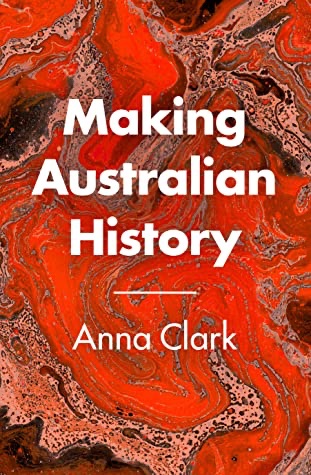AI Gemini response to modern opinions of Charles Manning Clark’s History of Australia
Modern opinions on Manning Clark’s A History of Australia are mixed, with both strong praise and sharp criticism. While lauded for its literary style and contribution to shaping a national identity, it has been criticized for historical inaccuracies, subjective interpretations, and neglecting marginalized groups like Aboriginal people and women.
Here’s a more detailed look at the perspectives:
Praise:
- Impact on Australian Identity:Clark’s work is widely acknowledged for helping Australians develop a sense of national identity by exploring the nation’s past through a compelling narrative.
- Literary Merit:Many admire the poetic and engaging style of his writing, which elevated Australian history to the level of literature.
- Influence on Subsequent Historians:A History of Australia inspired many subsequent historians and shaped the field of Australian history, even if some disagreed with his approach.
Criticism:
- Historical Inaccuracies:Critics point to factual errors and inaccuracies in Clark’s account, particularly in later volumes.
- Subjectivity and Interpretation:Clark’s strong personal interpretations and use of narrative, myth, and philosophy are seen by some as detracting from the objectivity of history.
- Exclusion of Marginalized Groups:A major criticism is Clark’s limited focus on Aboriginal Australians and women, which reflects the historical biases of his time but is now seen as problematic.
- Lack of Social and Economic History:Some critics argue that Clark’s focus on individuals and political events neglected the broader social and economic context of Australian history.
- “History Wars”:Clark’s work became a focal point in the “History Wars,” a debate about how Australian history should be written and interpreted, with some historians arguing he overemphasized certain narratives.
In Conclusion:
Manning Clark’s A History of Australia remains a significant work, but its legacy is complex and contested. While it undeniably shaped Australian historical consciousness and is celebrated for its literary quality, it has also faced substantial criticism for historical inaccuracies, subjective interpretations, and its limited scope.
Manning Clark, Carl Bridge – Melbourne University Publishing
Manning Clark’s work provokes violent reactions for and against. His majestic six-volume A History of Australia ‘helped us to know who we are’. Yet attacks on C…
Melbourne University Publishing
On reading Mark McKenna’s biography of Manning Clark – Inside Story
25 Aug 2011 — Though Clark regretted the factual errors in his History, they alone don’t vitiate his broader intent, which was to write a history that would live a…
Inside Story

